Puppetring is a year old. One challenge, the hardest perhaps, has been met: to survive the first twelve months without dying in the attempt. However, as well as managing that, we believe we have laid the foundations for what should be a very satisfactory webpage about the art of puppets. Without falling into childish boasting but also avoiding false modesty, in these twelve months we have published some 500 articles between Puppetring, Titeresante and Putxinel·li, which comes to about 1.5 articles a day, all being centralised in our Facebook page. Puppetring, intended to connect different puppeteering realities from all over the world, has grown more slowly than its sister websites; but on the other hand it has brought together some of the reflections and pulsations currently running through the landscape of contemporary puppeteering. It is a question of long-term work which we hope to be able to develop in the years ahead so that the picture we offer our readers is increasingly broad and complete.
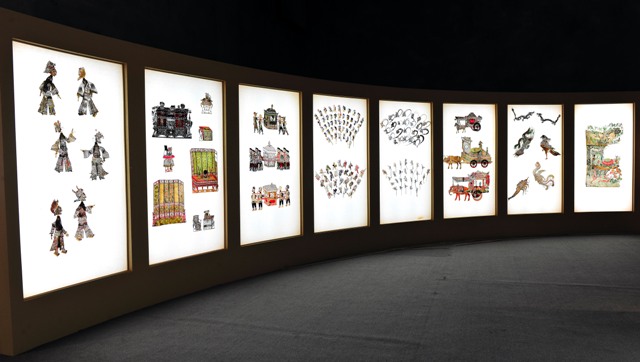
Museum of Chengdu, China.
The second aim of Puppetring, beyond continuation, has been to have a two-speed policy. Which is to say, an editorial policy of double intensity: texts of a lighter nature, with news about puppet theatre (courses, premieres, exhibitions, tours, and so on), and articles which require hours or even months of work and gradual development (interviews, articles, commentary on and analysis of shows, festival chronicles, historical articles, in-depth articles, puppet sociology, creative processes, and so on). We believe that this desire to turn the triple website into a station for both local and long distance experiences has been thoroughly successful, with a median production that is even higher of reporting and in-depth articles, particularly in Puppetring. This was one of our principal concerns, and the reader must, of course, be the final judge of whether we have been successful in this or not. To prioritise quality therefore, and convert Puppetring into a meeting place and, above all, of knowledge and knowledge-sharing.
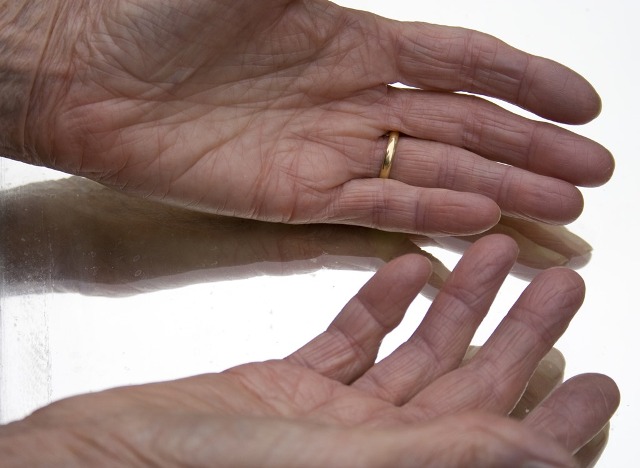
Penny Francis, in a Misha Twirchin show with the two Beckett pieces: What where and Ill seen Ill Said.
A third aim of Puppetring has been to create a media portal of our own, one that is autonomous and open to the multi-faceted nature of the profession, capable of responding to what is going on in the world with opinions, reviews and in-depth articles, in relation to puppets of course (premieres, shows, exhibitions, magazines, festivals, books, conferences, seminars…) but not exclusively. Our world, in its current state of change and turmoil, needs to hear the critical perspective of different sectors that view reality from their own specific angle. To leave the right of opinion in the hands of the big conglomerates and media monopolies is very dangerous. Each one of us from their own parcel of life has the right and obligation to be responsible for what happens in the world. For us, the viewpoint of the puppeteer is not, by any means, in vain, exotic or marginal. Quite the reverse, today’s puppet theatre, understood in the broadest sense –what the Germans call Figurentheater, which is to say theatre of figures -, finds itself at the very centre of the most radical contemporary thought. The double, projections, the world of objects, the creation of life and artificial intelligence, robotics, the creativity of the artisan – all these subjects are related to the world of puppets and marionettes. Which makes the “puppeteer’s perspective” today both “correct and appropriate” as a point of departure and of analysis. This is our belief and it leads us to propose Puppetring as a forum for discussion, for the development of ideas and for critical reflection.
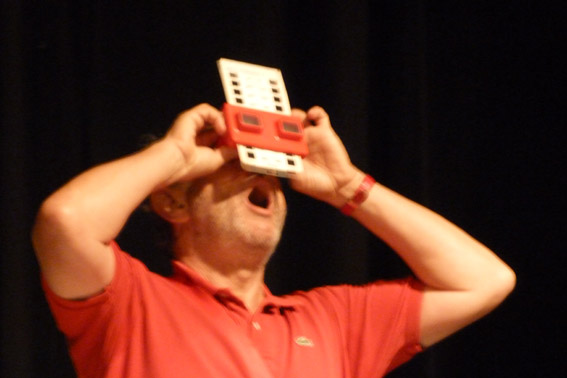
Christian Carrignon.
Our fourth aim has been economic: to support ourselves. We can’t sing our praises to such an extent here, although we value what we have achieved which is certainly respectable. There are three strategies in our plan of action: 1. Associate Members, 2. Sponsors, 3. Grants.
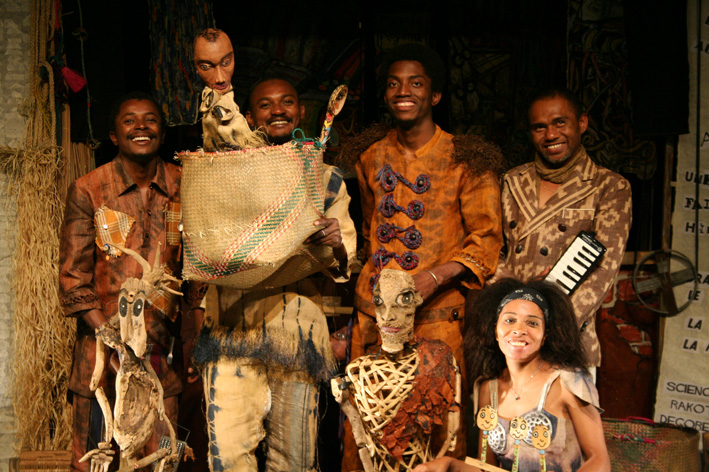
We can say that in the first of these, we have done pretty well, although we’ll always need more. But for 43 Associate members to sign up in the first year (25 from Catalonia, 13 from the rest of Spain and 5 international), given the available infrastructure and the publication’s specialisation, demonstrates a successful beginning. It means that many puppeteers, companies, institutions and others interested in puppets have put their confidence in us, have valued the effort and have chosen to support our line of work (with a 30 euro annual membership charge).
We are aware that we haven’t always fulfilled everyone’s expectations, but we’re here, ready to receive feedback and suggestions and, gradually and as quickly as we can, to comply with our commitments.
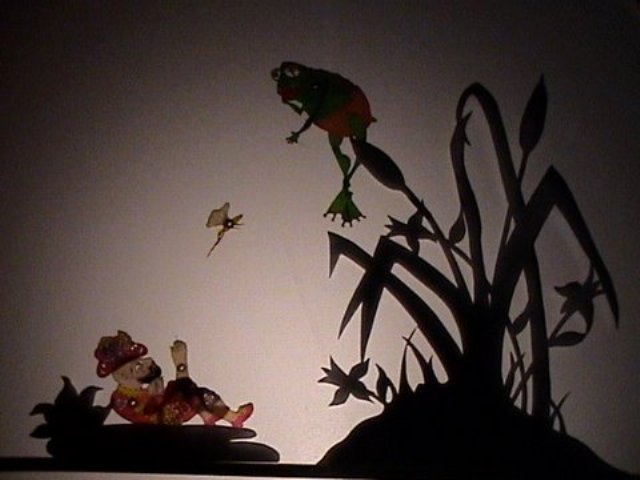
Karagöz Shadow Theatre, by Gengis Ozek
In the second area, we have had the support of some extraordinary sponsors who have backed us. They are institutions, museums, festivals and puppet centres. They share our opinion that, nowadays, it is a priority for the puppetry profession to have its own communications channel. We complain that newspapers no longer dedicate space to the theatre and even less to puppets. An undeniable fact which has only one solution: to take the bull by the horns and make sure we have our own media so as to make up for the lack. This is an obvious point, and one which our sponsors are in total agreement with: TOPIC in Tolosa, the Museu da Marioneta Lisbon, the Museo de las Artes Escénicas of the Institut del Teatre Barcelona, Festival TOT Titelles of the Poble Espanyol Barcelona, the new museum Centre de Titelles in Lleida, the Festival Festitíteres of Alicante, and UNIMA International on two fronts: the General Secretariat for the coverage of important events (for example, the Congress of Chengdu) and the web portal Periscopio, started by Ángel Casado. We must also mention here the Institut Ramon Llull, which has paid for important trips so that we have been able to cover significant international events such as the previously mentioned Chengdu Congress and the Festival of Avignon.
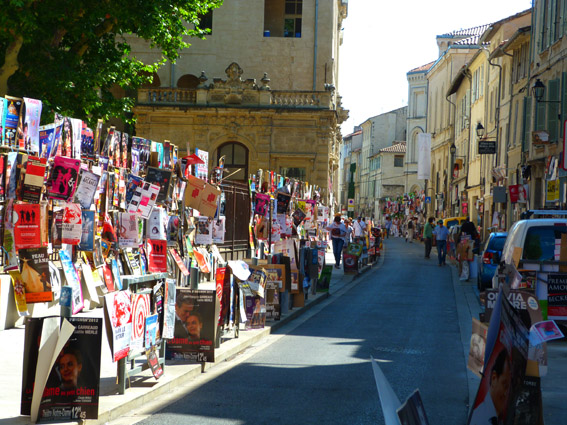
Street in Avignon, France, during the theatre festival.
In the third area, that of Grants, we have to acknowledge that we have failed. Not because grants have been turned down, but because we just didn’t have time to apply for them. And this is not because we don’t want or don’t need to do so, but the editorial work was so great that we were overwhelmed when it came to such important tasks as seeking help in establishing our economic foundations through public funding. Of course, things aren’t exactly cheerful in those quarters, given the economic situation in our country. But we are determined not to give up in advance. The world is a big place, and never has there been so much money flowing around (never so badly divided, it’s true). And in spite of the fact that it’s best to be cautious and realistic, it doesn’t follow that we cannot be optimistic.
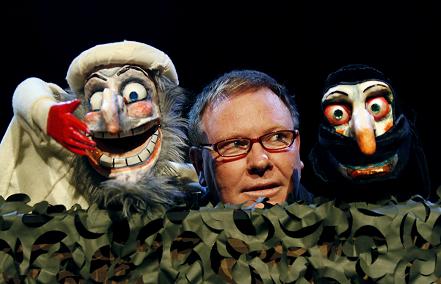
Neville Tranter in
So, we have made it to the end of our first year. A year that hasn’t so much flown by as needed many flying hours; hours in the engine room, in setting up journeys and meetings and developing understanding with others, and of staying up to date with essential matters concerning puppetry today. And it has given us great pleasure that colleagues and writers of such excellent quality, from a huge variety of countries, have wished to collaborate with us. People such as Erica Luo (Chengdu, China), Gary Friedman (Australia), Valmor Nini Beltrame (Brasil), Tito Lorefice (Argentina), Mauricio Kartun (Argentina), Sebastián Verea (Argentina), Ana Alvarado (Argentina), Shaday Larios (México), Darja de Caluwe (Netherlands), Lilo Skaarup (Copenhague), Katrina Andrianov (Finland), Filip Auchère (Lyon, France), Adolfo Ayuso (Zaragoza, Spain), Paco Cornejo (Sevilla, Spain), Yanisbel Martínez (Granada, Spain), Damià Barbany (Barcelona), Rubén Darío Salazar (Matanzas, Cuba), Claudio Hochman (Lisboa, Portugal), among others. Similarly, we highly appreciate the collaboration of a number of the magazine’s associate members, who we have published in the Opinion section, giving voice directly to questions often aired within the profession: among others, Fernando Gómez, Carles Cañellas, Jordi Bertrán, Miquel Gallardo, Pep Gómez. In sum, a group we are honoured to share these pages with, and whom we really hope will wish to be involved with us in the future.
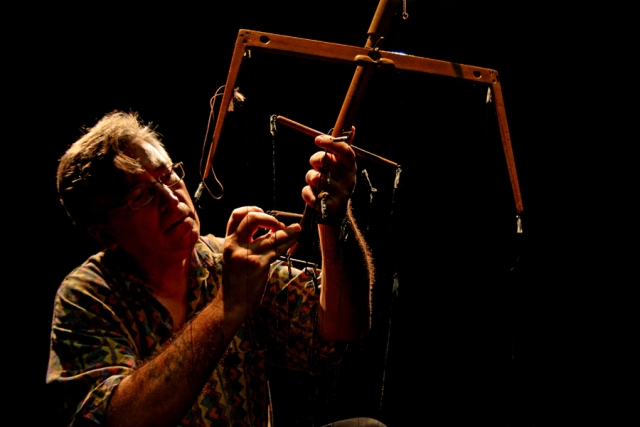
Carles Cañellas, from Barcelona, with a Harry Vernon Tozer. Photo by Jesús Atienza.
A special mention must be made of Jesús Atienza, for whom collaboration with the magazine has been both a personal and professional matter. Thanks to him, the graphic quality of the magazine has been excellent, while his photographic reportage has been a luxury for those lucky enough to receive a visit from his camera. His eye never misses a detail nor allows the best angle to escape.
Another special mention goes to Rebecca Simpson, our translator during the magazine’s first few months -working with scarcely a break from the very beginning- and for a few subsequent pieces. Her participation ensured that the articles which passed through her hands were in excellent English. Unfortunately she hasn’t been able to deal with all the articles, and the question of translation and correction is one we are concerned about and hope to improve.
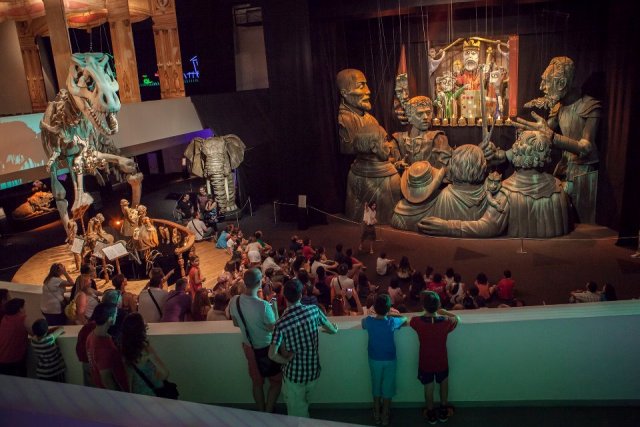
Exhibition of Títeres Etcétera in Granada, Spain.
The support of our Editorial Advisory Board, comprising Víctor Molina, Adolfo Ayuso, Jesús Atienza and Maryse Badiou, has been constant and especially helpful for our work. We are extremely grateful for their sincere and encouraging support. similarly we wish to say thank you to Jacques Trudeau and Dadi Pudumjee, respectively the general secretary and president of UNIMA; Idoya Otegui, president of UNIMA Spain, and the new board of UNIMA Cataluña, headed by Xesco Quadras.
Maintaining a continuous and close relationship with UNIMA is not only what we wish to do but an obligation that we have placed ourselves under from the very start. In this regard, we are very proud to have participated modestly, from the magazine, with the creation of the Catalan delegation.
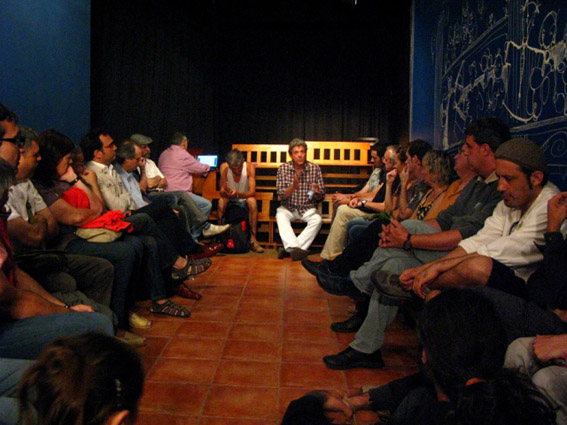
Catalan puppeteers. Photo by Jesús Atienza.
We must mention here our IT team, whose captain, Iván Fernández, we consider as part of the magazine’s team; he has put up with our lack of understanding and our hurry, struggled to make sure everything works in the best possible manner and shared our enthusiasm for the project. A key element, holding up the whole edifice of this three-legged architectural contrivance that is Puppetring.
The current number of daily visits is a medium of 500, which means 15.000 visits a month. Quantities that, after only a year in existence, are very acceptable. With respect to pages visited, the numbers take off : the current daily mean is around 3.300 pages, which gives a monthly medium of 99.000. For us, this shows that the contents we publish have a real interest for readers, who take a look at a minimum of six inside pages per visit. These are still provisional figures -a number of years, two at least, being needed for them to be fully established- but which indicate clear progress, and consolidation of the project. As happens with all Internet portals, the more that is published and the more links that are created with the web, the wider our sphere of knowledge. Thus, the fact that the magazine consists of three different portals multiplies the reflection of contents, since they function as interconnected mirrors, focused in different directions.
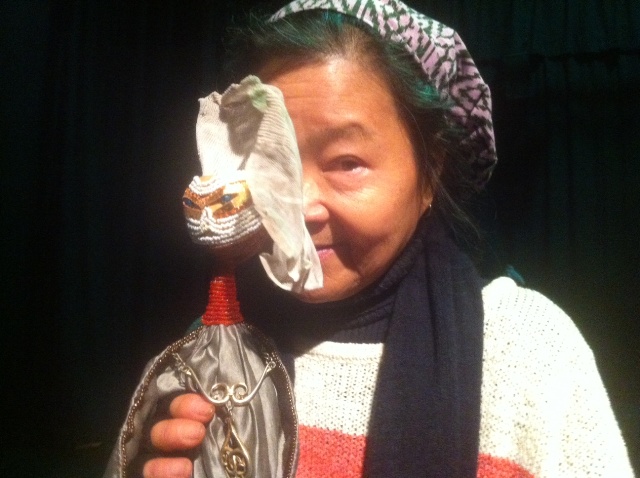
Noriko Nishimoto receiving the Price of The Unima Women Comission
It still remains for us to know and analyse who our readers and visitors are. At the same time, the magazine would like to develop further the connection with our Associate Members, and with visitors and other people who might potentially be interested in Puppetring. The creation of a newsletter is one of our priorities, and we will be struggling to give ourselves a more solid organic structure, this being our principal objective.
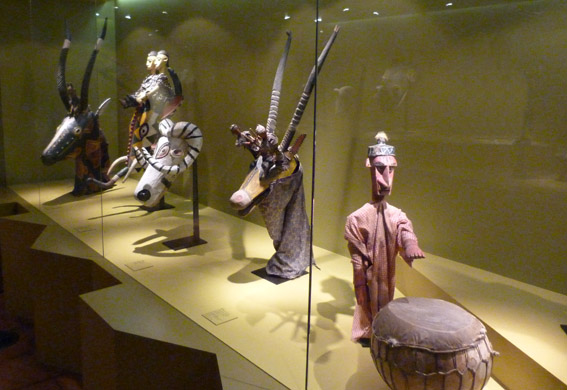
Sogobò puppets and masks, Museu da Marioneta in Lisbon.
We don’t wish to hide our weaknesses, but nor do we want to revel in problems nor, even less, to complain, for our intentions are healthy and essentially optimistic in terms of the future. On the other hand, we are quite sure that our readers will appreciate our desire for transparency in terms of how we function and our future intentions and, likewise, our positive attitude as regards the historical moment we are destined to be living. A commitment towards positivity and a hopeful futurism, which encourages us to pursue our project. We hope that many more people will share our happiness on this, our first birthday.
Toni Rumbau and Cesc Martínez

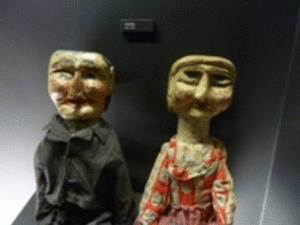
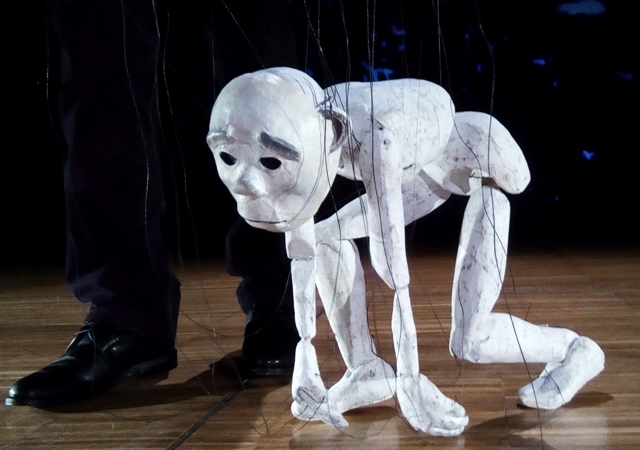
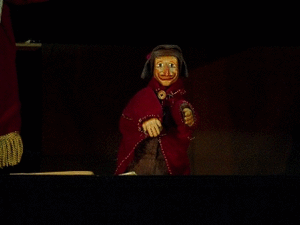
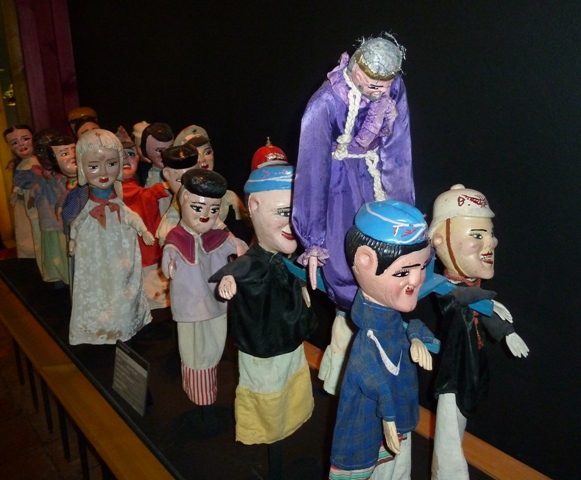
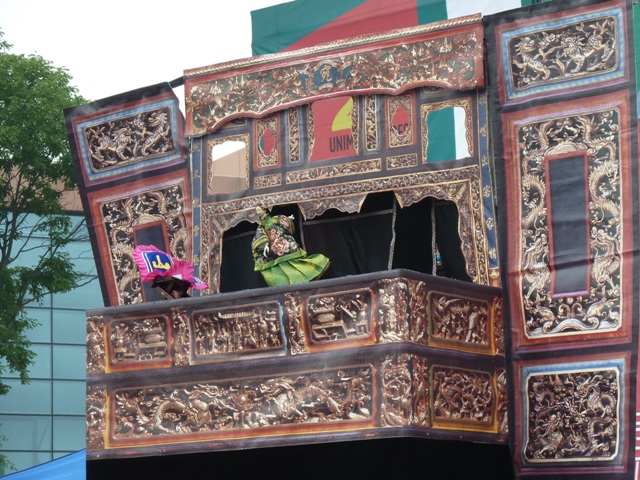




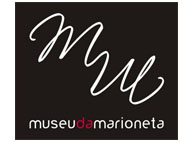
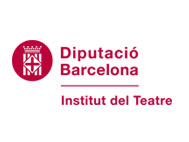

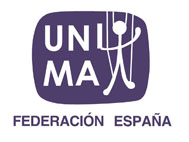
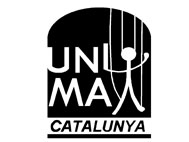






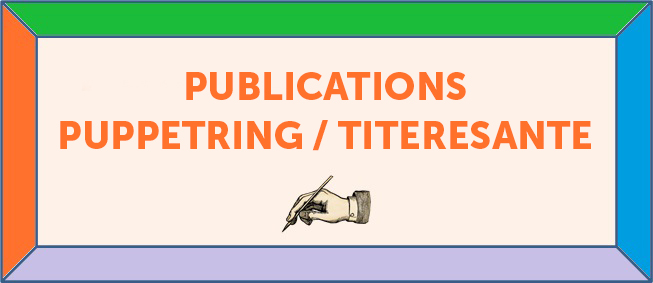
I don’t know how I have missed your site the past year. Glad I came across it now and will visit in the future. This one year overview is so well written and informative. Bravo!